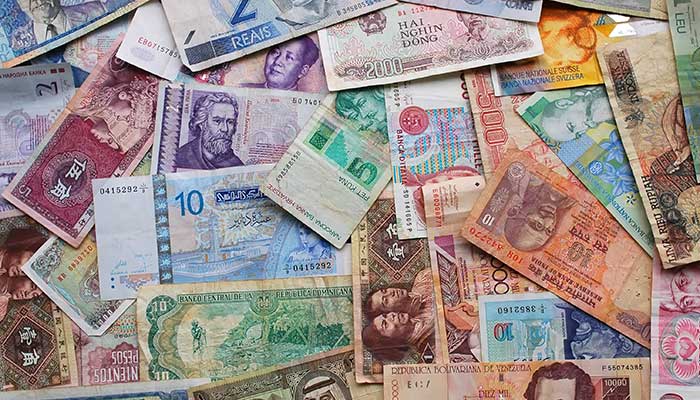At the end of last year, government debt in more than half of such economies exceeded its 2007 level by more than 10 percentage points of GDP, while one third saw their balance between revenues and spending deteriorate by more than 5 percentage points.
Highlighting this, the World Bank has become the latest in a string of global institutions and NGOs to warn about the heavy debt burdens faced by lower income nations, with concerns it could spark a new round of sovereign debt crises.
Its report, published yesterday, said the considerably worse fiscal position of many emerging and developing markets could derail a fragile recovery in global growth. The bank kept its forecasts for 2017 and 2018 unchanged from January – at 2.7% and 2.9% respectively – tentatively predicting a pick up in the global economy.
If governments face fiscal weaknesses in the event of economic stresses, commodity price declines (for commodity-reliant economies) or a sudden increase in financing costs, the bank said this would likely prompt them to tighten the purse strings, restructure debts or trigger rapid inflation.
“This may have bolstered fiscal sustainability during typical financial stress episodes in the past; however, in the current environment [this] might further retard the recovery,” it said.
Ayhan Kose, development economics prospects director at the bank, added that some governments in such economies have the opportunity to strengthen their positions, as growth finally accelerates following a prolonged slowdown
The bank is predicting an increase of 0.6 percentage points, from 3.5% last year to 4.1% in 2017. With the situation also improving in advanced economies to – with growth due to accelerate to 1.9% this year – it is likely that easy monetary policy arrangements will tighten soon, with implications for the cost of existing and new emerging or developing market debt.
“Now is the time for emerging market and developing economies to assess their vulnerabilities and strengthen policy buffers against adverse shocks,” Kose said.
The bank also flagged concerns about weak investment in emerging and developing markets, as well as the potential for policy uncertainty or fears trade could be hampered by protectionist sentiments as risks to the economy.
In high-income nations, the bank said fiscal policy had “stopped being a drag on growth” for the first time since 2010 last year.
With regards to the US however, it predicted a substantial stimulus package of tax cuts and investment planned by president Donald Trump would be “short-lived” and offset over time as the public finances deteriorate due to falling revenues.
Cuts to oil production are expected to continue weighing on growth in the Middle East and North Africa, which will see the region’s economy expand at a slower pace of 2.1% this year before picking up again to 2.9% in the next, dependent on a rebound in prices and easing of geopolitical tensions.
Sub-Saharan Africa, meanwhile, will see its growth jump up to 3.2% by 2018, according to the bank, following on from some of the lowest growth for the region in two decades last year.
South Asia will also see an acceleration in growth, to 6.8% this year and 7.1% in the next, while east Asia and the Pacific region will see its expansion fall back to 6.2% in 2017 and 6.1% in 2018 as the planned slowdown in China takes hold.













